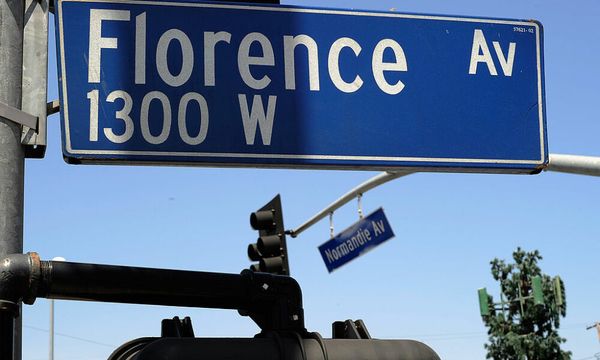
Well, there’s no mucking around from the Bank of England. Overnight it lifted interest rates by 0.75 points to 3%, and its monetary policy report was littered with warnings of coming gloom.
UK inflation, now at 10.1%, will rise to 11% by the end of the year, the Bank says. While inflation will fall “sharply” next year, unemployment will surge to more than 6% by 2025. The economy will “be in recession for a prolonged period… GDP is projected to continue to fall throughout 2023 and 2024.”
Our job is to make sure that inflation returns to our 2% target … We know that means that many people will face higher borrowing costs. Around one in three households in the UK have a mortgage. But if high inflation lasts for a long time that would make things worse for everyone.
The US Federal Reserve similarly wasn’t offering any rose-tinted glasses after its own 0.75% rate increase earlier this week. After markets got excited by language in the Fed’s monetary policy statement, which suggested the end of rate hikes might be in sight, chair Jerome Powell punctured the ensuing rally at a media conference, saying “It’s very premature in my view to be thinking about or talking about pausing our rate hike. We have a ways to go.” He also added that “incoming data since our last meeting suggests that the ultimate level of interest rates will be higher than previously expected.”
“While higher interest rates, slower growth and softer labour market conditions will bring down inflation, they will also bring some pain to households and businesses,” said Powell. “These are the unfortunate costs of reducing inflation. But a failure to restore price stability would mean far greater pain.”
Despite all the talk of recession, the Fed appears worried by signs like the fact that nearly one in five Americans are currently looking for a new job in search of higher pay, suggesting buoyant expectations about employment and wage rises. It appears determined to smash the life out of such confidence by continuing to raise rates until Americans get the message.
With its forecasts of an extended recession, the Bank of England appears similarly determined to make sure Brits understand that bad times — in the UK, worse times — are coming quickly.
In Australia, however, Philip Lowe and the RBA appear stuck in a strangely optimistic world where wages are growing and there’s a danger of a wage-price spiral. While keen to warn that inflation is too high, the RBA’s message to Australians from this week’s interest rate decision is mainly positive:
The Australian economy is continuing to grow solidly and national income is being boosted by a record level of the terms of trade. Economic growth is expected to moderate over the year ahead as the global economy slows, the bounce-back in spending on services runs its course, and growth in household consumption slows due to tighter financial conditions. The Bank’s central forecast for GDP growth has been revised down a little, with growth of around 3% expected this year and 1.5% in 2023 and 2024 … Wages growth is continuing to pick up from the low rates of recent years … A further pick-up is expected …
Reading that, Australians would be entitled to think everything’s fine. Statements like “the board remains resolute in its determination to return inflation to target and will do what is necessary to achieve that” are hardly likely to make Australians think 2023 is going to be a struggle and that they should probably rein in their spending. Hell, why not spend those increased wages Lowe thinks are about to appear?
It’s not that Lowe and the RBA have trouble cutting through with their monetary policy messaging. Lowe cut through pretty effectively when he said, over and over again, that interest rates wouldn’t rise until 2024. They encouraged Australians to throw themselves into the housing market in a way rarely seen in recent decades. That it turned out to be misleading doesn’t change what an impact it had.
If Lowe and the RBA want to get through to Australians that they need to curb spending and bunker down — because that’s literally the only thing households can do about inflation made in the Kremlin and in the board rooms and C-suites of corporations across the country — then its Pollyannaish language needs to take a turn for the serious. The RBA should be stating, with the same determination it told us about rates not rising, that it will crunch the economy into recession if necessary in order to get inflation down — that higher unemployment, in its view, is a price worth paying to restore inflation to 2-3%.
Using the r-word should not be done lightly. But when circumstances warrant it, it should be applied with brutal honesty. At least Australians will then be clear, as the Brits are, that they need to prepare for tougher times.







